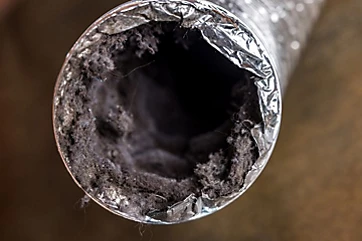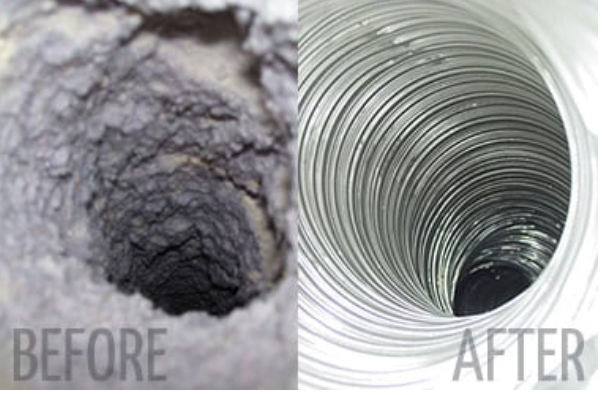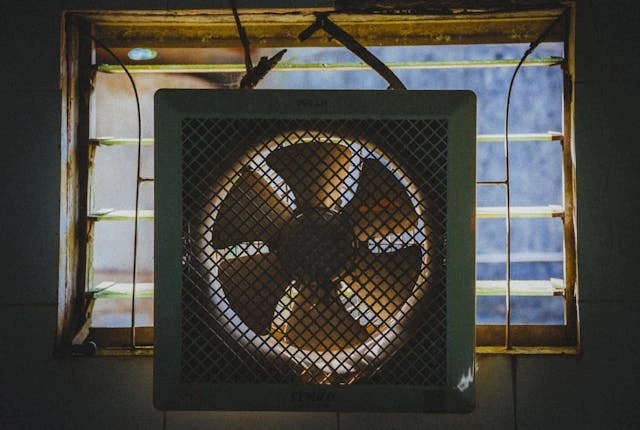The Ultimate Vent Cleaning Guide and Mastering the Processes
High-quality indoor air is essential for maintaining a healthy home and workplace. One often-overlooked aspect of this is the condition of your ventilation system.
Regular vent cleaning is crucial. It prevents the buildup of debris that can negatively impact the system’s performance and ensures that the air circulating through the vents remains clean and free of allergens.

Understanding Vent Cleaning
Vent cleaning involves removing pollutants, dust, and debris from the air ducts of HVAC systems. This process goes beyond just cleaning the visible vents; it encompasses all the main duct trunks as well as the entry and exit points throughout the duct system.
Why Clean Your Vents?
Health
Keeping your ducts clean reduces the spread of pollutants and allergens in your home, making it especially beneficial for those with allergies or respiratory issues.
Efficiency
Blocked or dirty ducts can strain your HVAC system, leading to higher energy bills. A system that runs efficiently relies on clean ducts.
System Longevity
Regular cleaning helps your HVAC system operate more effectively by minimizing the wear and tear caused by dust and dirt accumulation.

How Often Should You Clean Your Vents?
The National Air Duct Cleaners Association (NADCA) recommends cleaning your air ducts at least once every 3 to 5 years.
However, this frequency can vary depending on several factors, including allergies, smoking, pet ownership, recent renovations, and the general cleanliness of your home.
Steps in the Vent Cleaning Process
Inspection
The HVAC system is thoroughly examined to identify any major issues or blockages. Technicians may use cameras to inspect the ducts, assess the level of buildup, and pinpoint potential problems.
Cleaning Tools
Various tools are employed based on the findings from the inspection. Vacuum cleaners and brushes are essential for duct cleaning, while specialized equipment like pneumatic devices may be used to remove dust and debris.
Vacuuming
High-powered vacuum cleaners are utilized to remove loose debris. Typically, these vacuums are truck-mounted and connected to the duct system to provide strong suction for effective dust and debris removal.
Brushing
A rotating brush is used to clean the interior of the ducts, effectively removing any buildup on the duct walls.
Sanitization
Once the debris is cleared, the ducts may need to be deodorized or sanitized. This step is crucial for eliminating microbiological contaminants such as bacteria, viruses, and mold.
The Hidden Impact of Dirty Vents
Imagine this: the air quality in your home is declining, and even those in good health start to feel fatigued as their allergy symptoms worsen.
What could be causing this? Often, blocked vents filled with pet dander, pollen, and dust are to blame. These hidden allergens can significantly affect both your mental and physical well-being.
Hiring professional air duct cleaners can make a remarkable difference. Many families have reported substantial improvements in their health and indoor air quality after their ducts were cleaned by experts.
To truly experience the benefits of clean air vents, schedule our professional assessment today.
Conclusion
Cleaning your vents is essential for extending the life of your HVAC system and enhancing your home’s environment. It boosts both system efficiency and indoor air quality.
Being aware of what you breathe in your home can greatly impact your quality of life and energy costs. So, are you thinking about having a professional evaluate your HVAC system this year?


